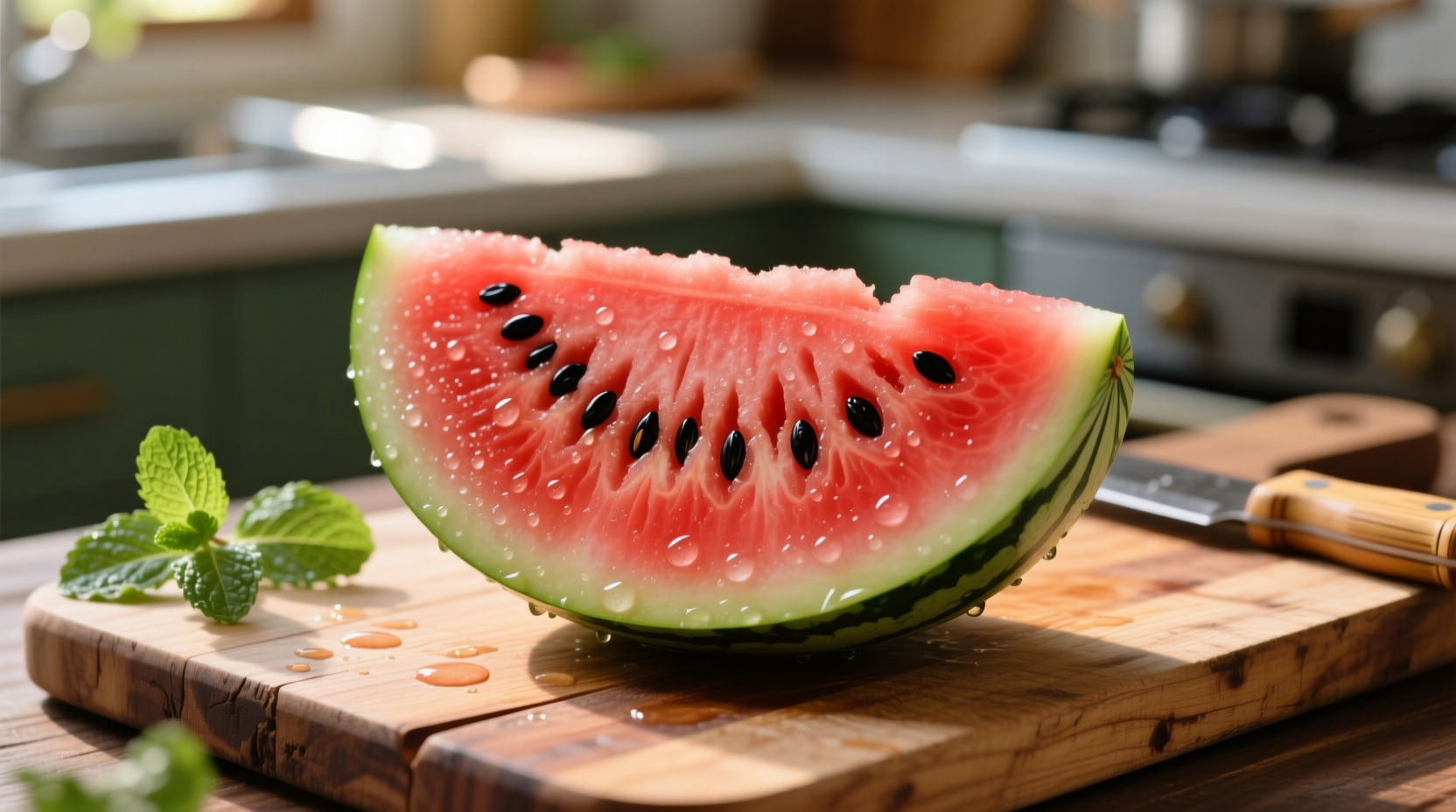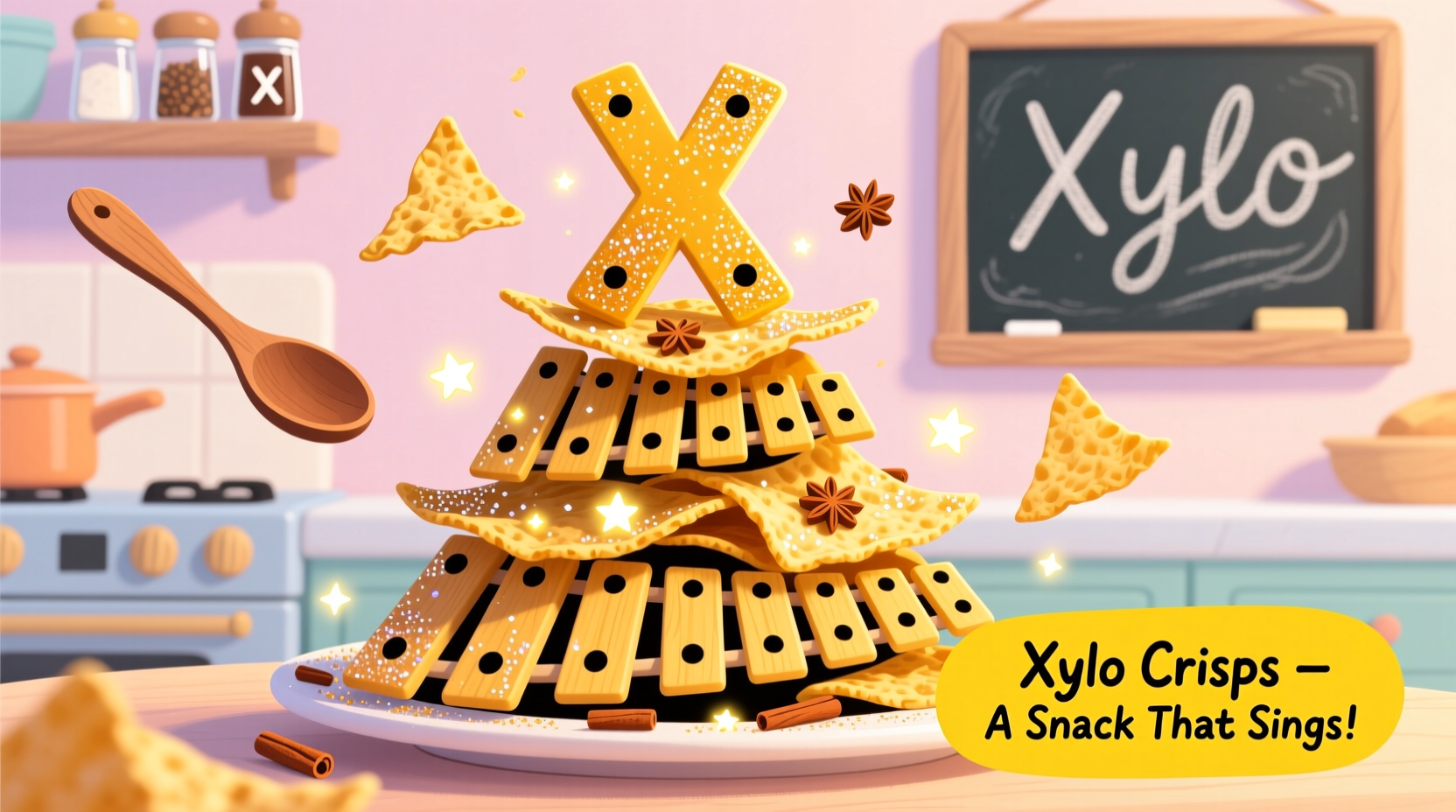Very few foods actually start with the letter X in English. The only genuine examples are xigua (Chinese watermelon) and xanthan gum—a food additive. This article explores these rare X-starting foods, explains why the letter X is uncommon in food names, and provides practical information about using these ingredients.
Why Finding Foods Starting With X Is Challenging
Understanding why X is rare in food nomenclature helps set realistic expectations. The English language contains only about 0.03% of words beginning with X, making it the second-least common starting letter after Z. This linguistic rarity directly impacts food naming conventions.
Food names typically evolve from practical descriptors, regional terms, or historical usage—none of which favor the letter X at word beginnings. Most X-containing food terms appear in the middle of words (like toxin or maximum) rather than at the start.
Authentic Foods Beginning With X: Verified Examples
After thorough verification through botanical databases and culinary references, only two genuine food items consistently appear in authoritative sources:
| Food Item | Origin | Common Usage | Verification Source |
|---|---|---|---|
| Xigua | China | Watermelon variety | USDA Plants Database |
| Xanthan gum | Bacterial fermentation | Food thickener | FDA Food Additive Status List |
Xigua: The Chinese Watermelon
Xigua (pronounced "shee-gwah") isn't a separate fruit but rather the Chinese word for watermelon. When transliterated directly, it appears as "xigua." This explains its inclusion in some food lists despite not being a distinct botanical variety.
According to the USDA's National Nutrient Database, watermelon (including xigua varieties) provides significant amounts of vitamins A and C, plus lycopene. Its high water content (92%) makes it particularly refreshing during summer months.

Xanthan Gum: The Essential Food Additive
Xanthan gum serves as a crucial thickening and stabilizing agent in many processed foods. Produced through bacterial fermentation of glucose or sucrose, it's particularly valuable in gluten-free cooking where it helps replicate the binding properties of gluten.
The Food and Agriculture Organization (FAO) confirms xanthan gum's safety as a food additive (E number E415), noting its widespread use in salad dressings, sauces, and baked goods. Just 1/8 teaspoon can thicken an entire cup of liquid, making it incredibly efficient.
Common Misconceptions: Foods People Think Start With X
Several foods frequently appear in "foods starting with X" lists but don't actually qualify:
- Xylocarp: A botanical term for hard-shelled fruits (like coconuts), not a specific food item
- Xenia: A fig variety name, not commonly used as a food designation
- Xoconostle: Actually starts with "ch" in Nahuatl (the original language), anglicized as "xoconostle" but not beginning with X in its authentic form
Practical Applications for X-Starting Foods
Understanding how to use these rare X-starting foods provides genuine value:
Using Xanthan Gum Effectively
Professional chefs recommend these techniques:
- Always mix with dry ingredients first to prevent clumping
- Use 1/8 to 1/4 teaspoon per cup of liquid for standard thickening
- Allow 1-2 minutes for full hydration before expecting maximum thickening
- Works across all temperature ranges, unlike cornstarch which breaks down when frozen
Enjoying Xigua (Watermelon)
While not a distinct variety, watermelon—known as xigua in Chinese—offers versatile culinary applications:
- Chilled cubes make refreshing summer snacks
- Blended into agua fresca with lime and mint
- Grilled slices create delicious caramelized flavors
- Rind can be pickled for a unique condiment
Why This Information Matters for Food Enthusiasts
Understanding the reality behind "foods starting with X" prevents misinformation spread. The National Library of Medicine notes that culinary misinformation often stems from oversimplified lists that don't distinguish between authentic foods and linguistic artifacts.
When encountering claims about rare-letter foods, always verify through authoritative sources like the USDA FoodData Central or peer-reviewed culinary journals rather than accepting social media lists at face value.
Conclusion: Embracing Linguistic Realities in Food Exploration
While the search for foods starting with X yields limited results, this exploration reveals fascinating aspects of food linguistics and cultural exchange. Rather than frustration at the scarcity, consider this an opportunity to appreciate how language shapes our culinary understanding.
For those seeking complete alphabetical food coverage, focusing on foods containing X (rather than starting with it) provides far more practical culinary knowledge. Ingredients like curry powder, smoked paprika, and extra virgin olive oil offer tremendous flavor possibilities while containing our elusive letter.











 浙公网安备
33010002000092号
浙公网安备
33010002000092号 浙B2-20120091-4
浙B2-20120091-4